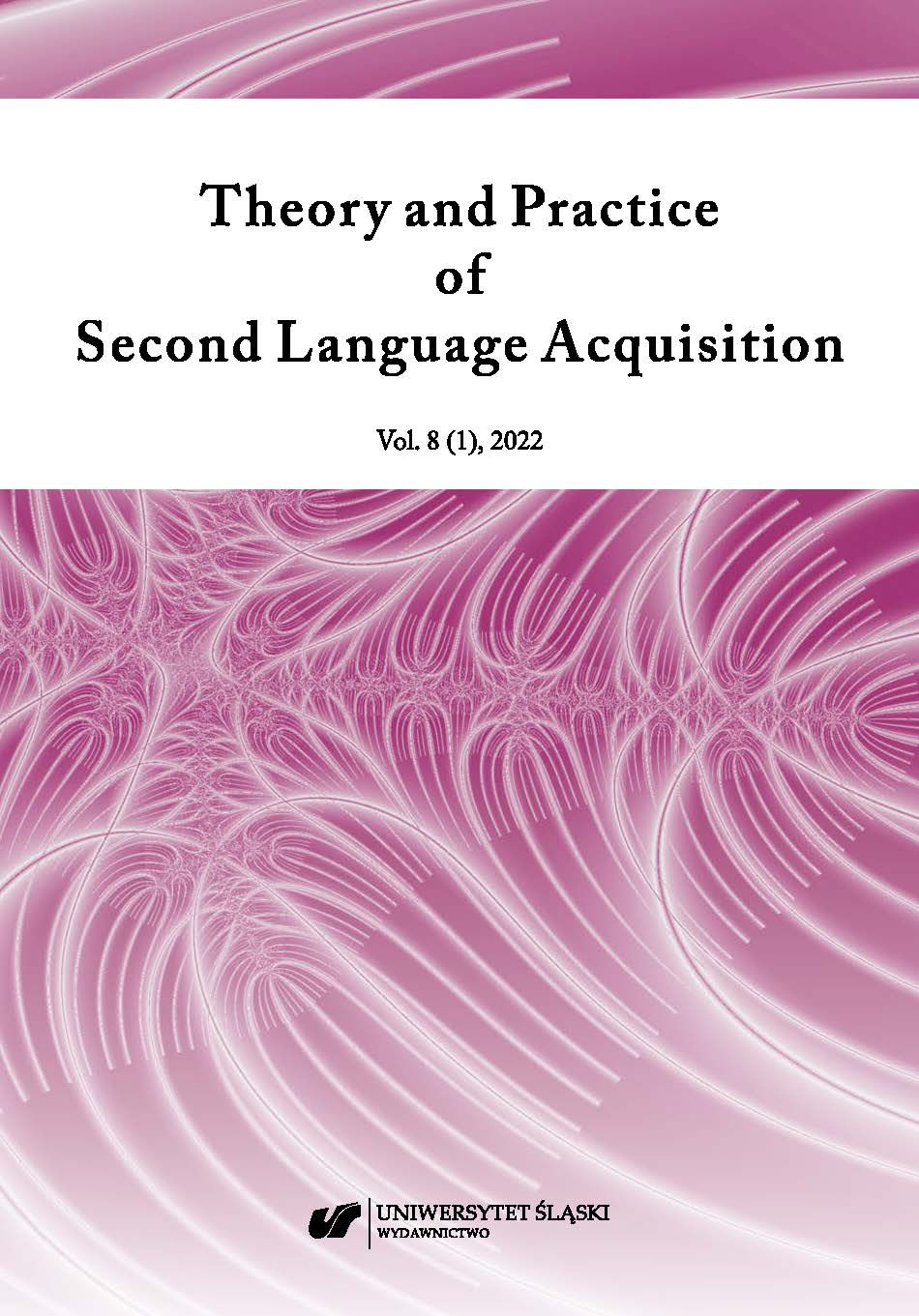Alemu, A. (2016). The effects of explicit instruction in critical thinking on student achievement in writing. (Unpublished PhD Dissertation). Addis Ababa University.
Google Scholar
Al-Dosari, H. (2016). Effects of an integrated reading and writing approaches on improving writing skills of EFL students. Dirasat Educational Sciences, 43 (1), 761–771. https://doi.org/10.12816/0030028
Google Scholar
Alghonaim, A. S. (2018). Explicit ESL/EFL reading-writing connection: An issue to explore in ESL/ EFL Settings. Theory and Practice in Language Studies, 8(4), 385–392. https://doi.org/10.17507/tpls.0804.04
Google Scholar
Carson, J., & Leki, I. (1993). Reading in the composition classroom: Second language perspective. Heinle & Heinle. https://doi.org/10.1017/S027226310001336X
Google Scholar
Cavdar, G., & Doe, S. (2012). Learning through writing: Teaching critical thinking skills in writing assignments. PS: Political Science and Politics, 45 (2), 298–306. https://www.jstor.org/stable/i40070009
Google Scholar
Cobine, Gary R. (1995). Writing as a response to reading. ERIC Digest, ED386734. https://catalogue.nla.gov.au/Record/4117942
Google Scholar
DuBrowa, M. (2011). Integrating reading and writing: One professor’s story. Journal of Research and Teaching in Developmental Education, 28(1), 30–33. https://eric.ed.gov/?id=EJ960411
Google Scholar
Elder, L., & Paul, R. (2009). Critical thinking: Strategies for improving student learning. Journal of Developmental Education, 32(3), 40. https://eric.ed.gov/?id=EJ868672
Google Scholar
Eun-Hee, N., & Myeong-Hee, S. (2020). Teaching activities and students’ preferences in integrated English reading and writing classes. English Teaching, 75 (2), 69–91. https://doi.org/10.15858/engtea.75.2.202006.69. http://journal.kate.or.kr
Google Scholar
Facione, P. A. (1992). The California critical thinking skills test. Academic Press. https://citeseerx.ist.psu.edu/viewdoc/download?doi=10.1.1.131.8583&rep=rep1&type=pdf
Google Scholar
Fisher, A. (2001). Critical thinking: An introduction. Cambridge University Press. https://www.worldcat.org/title/critical-thinking-an-introduction/oclc/47983908
Google Scholar
Geremew, L. (2009). A study on the academic writing requirements: Four departments in Focus. (Unpublished PhD dissertation). Addis Ababa University.
Google Scholar
Getu, A. (2015). Assessment of integration of content-based instruction in teaching English. (Unpublished PhD dissertation). Addis Ababa University,
Google Scholar
Graham, S., & Hebert, M. A. (2010). Writing to read: Evidence for how writing can improve reading. A Carnegie corporation time to act report. Washington, DC. Alliance
Google Scholar
for Excellent Education. https://www.carnegie.org/publications/writing-to-read-evidencefor-how-writing-can-improve-reading
Google Scholar
Haregewoin A. (2008). The effect of communicative grammar on the accuracy of academic writing. (Unpublished PhD dissertation). Addis Ababa University.
Google Scholar
Hao, X., & Sivell, J. (2002). Integrating reading and writing in EFL composition in China. Paper presented at the annual meeting of the Canadian association of applied
Google Scholar
Linguistics: Humanities and social sciences. Congress, Toronto. https://files.eric.ed.gov/fulltext/ED468599.pdf
Google Scholar
Hailah, A. (2020). Evaluating the effectiveness of integrating reading and writing pedagogy in EFL setting and teachers’ perceptions. English Language Teaching, 13(5), 177–190. https://doi.org/10.5539/elt.v13n5p177
Google Scholar
Hirvela, A. (2004). Connecting reading and writing in second language writing instruction. The University of Michigan Press.
Google Scholar
Kintsch, W., & Vipond, D. (1979). Reading comprehension and readability in educational practice
Google Scholar
and psychological theory. In L. G. Nilsson (Ed.), Perspectives on memory research (pp. 329–365). https://philpapers.org/rec/KINRCA-3
Google Scholar
Landis, J. R., & Koch, G. G. (1977). The measurement of observer agreement for categorical data. Biometrics (March 1977), 33(1), 159–174. PMID: 843571.
Google Scholar
Li, Z., & Yang, C. (2014). Reading-to-write: A practice of critical thinking. Journal of Arts and Humanities 3(5), 67–71.
Google Scholar
Nigusse, D. (2019). The effects of integrated reading-and-writing practice on EFL learners’ performance and self-efficacy of reading comprehension and summary writing on grade eight students. (Unpublished PhD dissertation). Bahir Dar University.
Google Scholar
Tajzad, M., & Namaghi, S. (2014). Exploring EFL learners’ perceptions of integrated
Google Scholar
skills approach: A grounded theory. English Language Teaching, 7 (11), 92–98. https://doi.org/10.5539/elt.v7n11p92
Google Scholar
Teshome, T., & Prasana, S. (2016). Students’ writing self-efficacy and writing apprehension relating to their writing performance: Reflection on Ethiopian first year university students.
Google Scholar
International Journal of Humanities, Language and Literature, 3(1), 22–26. https://1library.
Google Scholar
net/document/z12m6dey-students-efficacy-apprehension-relating-performance-reflectionethiopian-university.html
Google Scholar
Vanniarajan, Swathi. (1990). Language learning strategy: What every teacher should know by Rebeca L. Oxford. Issues in Applied Linguistics, 1(1), 115–120. https://doi.org/10.5070/L411004984
Google Scholar
Spack, R. (1985). Literature, reading, writing, and ESL: Bridging the gaps. TESOL Quarterly, 19(4), 703–725. https://doi.org/10.2307/3586672
Google Scholar
Richards, J. C., & Rodgers, T. S. (1986). Approaches and methods in language teaching. Cambridge University Press. https://www.novaconcursos.com.br/blog/pdf/richards-jack-c.-&-rodgers.pdf
Google Scholar
Rosenblatt, L. M. (2004). The transactional theory of reading and writing: Theoretical models and processes of reading. International Reading Association, 48(1), 1363–1398
Google Scholar
https://northtrap.wordpress.com/2012/07/15/the-transactional-theory-of-reading-and-writinglouise-m-rosenblatt
Google Scholar
Tsai, J. (2006). Connecting reading and writing in college EFL courses. The Internet TESL Journal, 12 (12), 465–485. http://iteslj.org/Articles/Tsai-ReadingWritingConnection.html
Google Scholar
Wondifraw, D. (2018). Infusing intellectual standards of critical thinking on students’ critical reading performance. (Unpublished PhD dissertation). Addis Ababa University.
Google Scholar


 https://doi.org/10.31261/TAPSLA.10111
https://doi.org/10.31261/TAPSLA.10111

 10.31261/tapsla
10.31261/tapsla